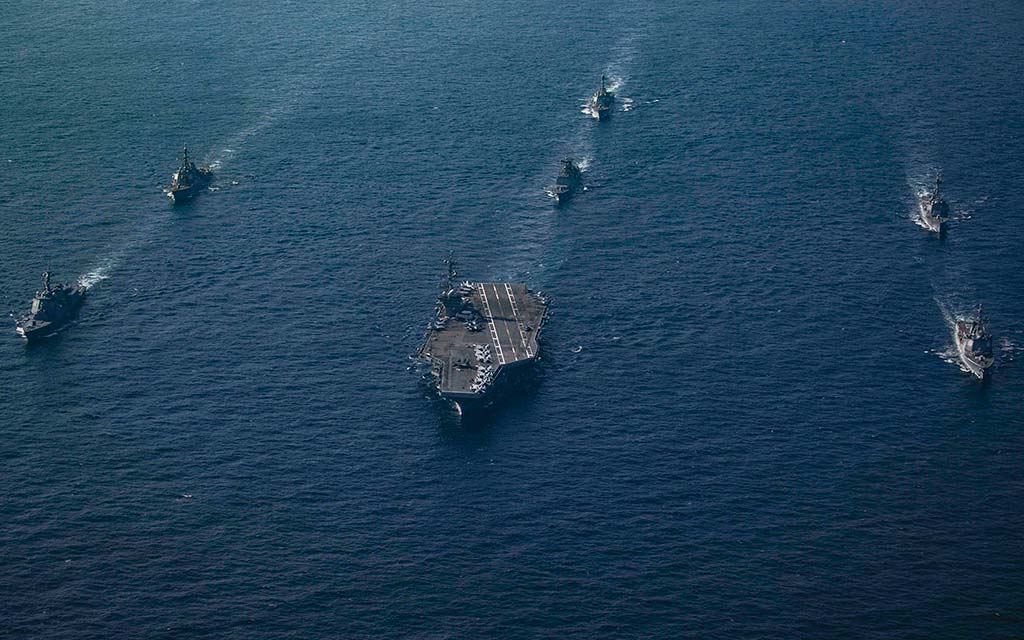Sentry
Collaboration among Japan, South Korea and the United States is crucial for stability and security in the Indo-Pacific, policy experts said at a recent conference on the nations’ diplomatic relations.
“Our most important mission … in our diplomacy, is to take the necessary steps to bring Japan and [South Korea] closer, ever closer together,” Kurt Campbell, a former U.S. deputy secretary of state and chairman of The Asia Group, a Washington, D.C.-based consulting firm, said during the Center for Strategic and International Studies (CSIS) event. “What is remarkable is that, in fact, behind the scenes, the amount of trilateral engagement has increased rather substantially.”
The June 2025 conference marked the 60th anniversary of diplomatic relations between Japan and South Korea. It also took place against the backdrop of rising tensions in the region, with aggression from China and North Korea, and increasing cooperation among China, Iran, North Korea and Russia.
Campbell noted that expanding trilateral collaboration to enhance security will require additional transparency in sharing intelligence and technology. “The goal here would be to work with other like-minded states in the Indo-Pacific — this is the core three,” he said. “If we can get this right, then much of our challenge in the Indo-Pacific has been addressed.”
Japan and South Korea are seeking to work more closely with the U.S. on security issues and both have boosted their international profile. In June 2025, defense officials from Australia, Japan and South Korea held their inaugural meeting on the sidelines of the Shangri-La Dialogue security forum in Singapore, The Korea Post newspaper reported.
Japan, South Korea and the U.S. conducted combined air drills in mid-June 2025 to strengthen cooperation against North Korean threats, the Yonhap News Agency reported. The partners’ Exercise Freedom Edge in November 2024 included drills across land and sea domains.
The exercises followed a 2023 trilateral summit to deepen relations and address geopolitical threats. That period “was characterized by an increasingly aggressive, increasingly forward-leaning Beijing that pressured both [South] Korea and Japan on multiple fronts,” said Adam Farrar, senior geoeconomics analyst for the Asia-Pacific at CSIS, a Washington, D.C.-based think tank.
Those pressures included China “leveraging its massive economic power for coercion,” he said. “The idea that China, on a whim, can turn off billions of dollars of economic aid … and pressure a government to make national security decisions based on its own priorities [forces] the administrations in Korea and Japan to think about how they could better posture themselves to defend against that.”
Pyongyang also has increased its threats and illegal weapons programs, working more closely with Moscow and sending troops to fight for Russia against Ukraine, Farrar said.
“What is Russia giving North Korea? What will that mean for North Korea’s ability to threaten the region or its willingness to return to negotiations?” he said. “Every single one of these dynamics has helped transition the mentality of leaders in [Japan, South Korea and the U.S.] to recognize there is a deep need to engage and find ways to push back and demonstrate strength and deterrence against these threats.”
Sentry is a professional military magazine published by U.S. Strategic Command to provide a forum for national security personnel.
